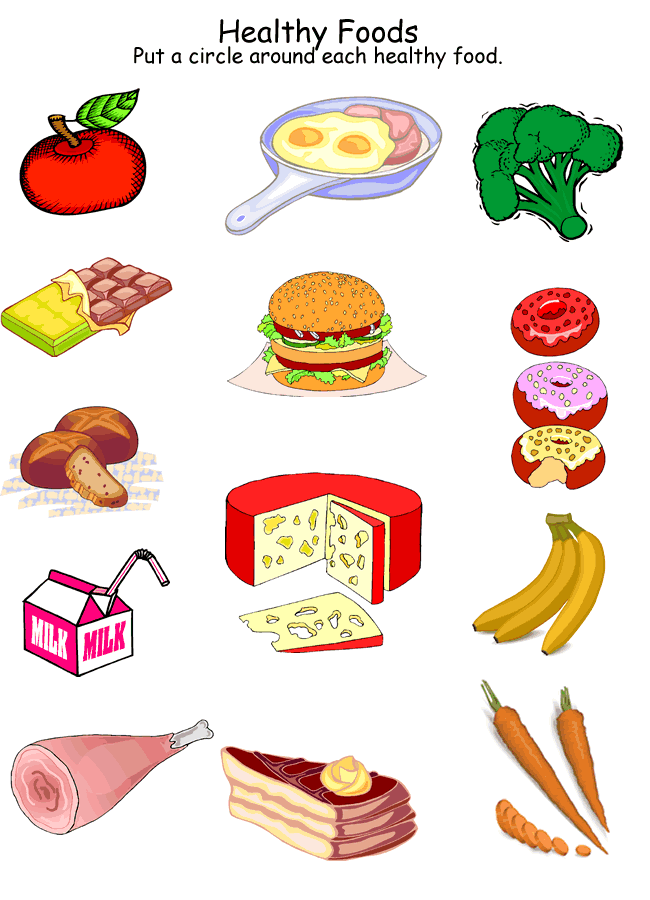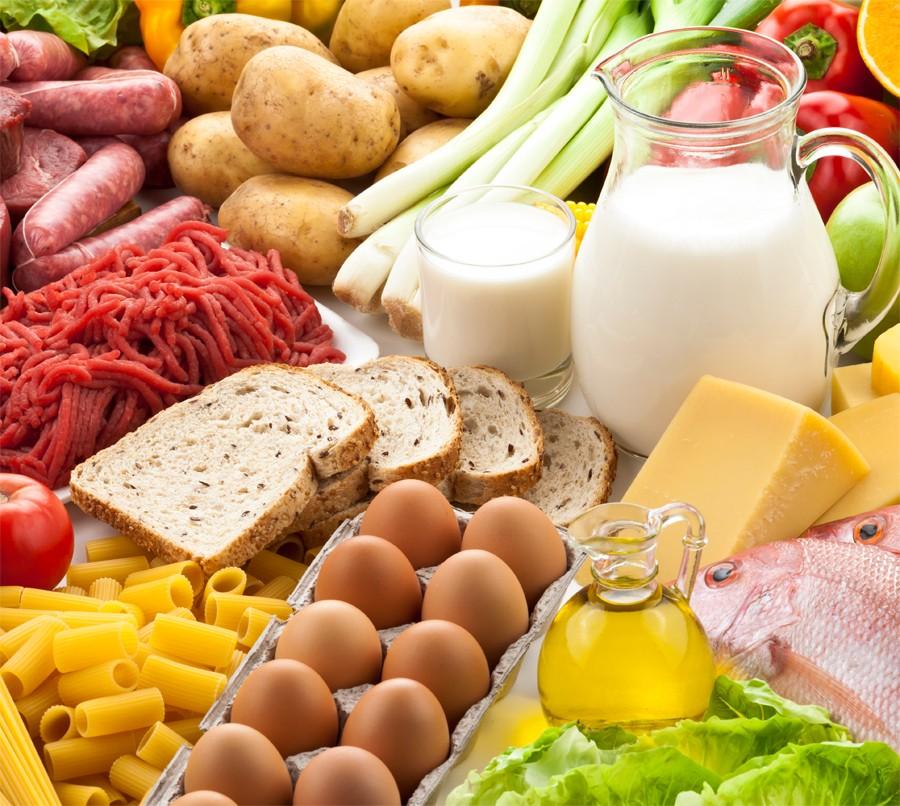№ 18 Revision of Grammar
School: I. Altinsarin school.
Date: 10.11.12. I. 2017 Teacher name: Kabdualieva Marzhan
Class: 3 «L»
Learning objectives (s) that this lesson is contributing to
Lesson objectives All learners will be able to:
To pronounce the letters and words.
Most learners will be able to:
Learn by heart the words
Some learners will be able to:
Read the given letters
Language objective Learners can:
Learners can greet each other and know the new words
Key words and phrases:
Some \any
Useful classroom language for dialogue/writing:
Discussion points: Food and fruit.
Ex 1 p34
Ex 2 p33 Match three words to each bag.
Apple banana spaghetti bread chocolate meat eggs biscuits yoghurt water a pizza.
Writing prompts:
Write the new words.
Previous learning Speaking, reading.
Plan
Planned timings Planned activities
Resources
Start
20 min I will pronounce the phrases and they will repeat it. Much time they should remember the words. And they should say it to each other. And answering each other. Good moring children? How are you?
What day is it today? What is your name? «Назови продукт».
Детям раздаются карточки с изображением продуктов (milk, eggs, fish, ham, bread, butter, juice, cake, sweets, cheese). Учитель называет продукты, учащиеся должны их запомнить.
Учитель. Translate from English into Russian: milk, fish… Translate from Russian into English: молоко, сыр… Apple banana spaghetti bread chocolate meat eggs biscuits yoghurt water a pizza.
Учащиеся переводят. Далее игра идет по цепочке.
Учитель (держит карточку с изображением продукта). I’m milk. Do you like milk?
1-й ученик. Yes, I do. I like milk. (Берет свою карточку). I am fish. Do you like fish?
2-й ученик. Yes, I do. I like fish. I am butter. Do you like butter?
Возможен ответ: No, I don’t. I’m sorry but I don’t like butter.
Write down what do you like and what don’t you like.
Учитель. Write down what do you like and what don’t you like.
I like I don’t like
Milk
…… Butter
……
English3
Middle
15min And I will give them the letters. Some – какой-то, некоторый, сколько-то, несколько.
Any переводится таким же образом, а также может переводиться как «любой».
No – никакой, нисколько.
Общее правило для этих местоимений: some, any, no должны стоять перед существительным, которое они определяют. В этой функции они напоминают артикли (a/an и the), которые тоже используются перед существительным. Давайте посмотрим на таблицу.
Предложение Пример Исчисляемое Неисчисляемое
+ We need an (some) apple.
some apples. some rice.
some milk.
– We don’t need a (any) tomato.
any tomatoes. any rice.
any sugar. ?
Do we need a (any) tomato?
any tomatoes? any rice?
any sugar?
Важно помнить, что существительное лучше не оставлять без сопровождения местоимения или артикля. А теперь – к правилам употребления some, any, no в английском языке.
Местоимение some используют в утвердительных предложениях. Но и в вопросительных предложениях его можно встретить, если речь идет о просьбе или предложении сделать что-то для кого-то.
There is some portrait on the wall. – На стене висит какой-то портрет.
The boys broke some windows in the house. – Мальчики разбили несколько окон в доме.
Would you like some beer? – Хочешь немного пива? (предложение)
Give me, please, some juice. – Дай мне, пожалуйста, немного сока. (просьба) English3
End
10 min And I will ask all words which I have learned them. And they will say the words themselves.
Ex 5 35
Sing a song.The picnic song.
Additional information
Differentiation- how do you plan to give more support?
How do you plan to challenge the more able learners? Assessment – how are you planning to check learners’ learning? Cross-curricular links
Health and safety check ICT links
Values links
they answer the question and know new words.
Formative assessment
With smiles. I will give them smiles according to to their knowledge.
Reflection
Were the lesson objectives/learning objectives realistic?
What did the learn today?
What was the learning atmosphere like?
Did my planned differentiation work well?
Did I stick to timings? What changes did I make from my plan and why?
Создайте Ваш сайт учителя Видеоуроки Олимпиады Вебинары для учителей
Revision of Grammar
Вы уже знаете о суперспособностях современного учителя?
Тратить минимум сил на подготовку и проведение уроков.
Быстро и объективно проверять знания учащихся.
Сделать изучение нового материала максимально понятным.
Избавить себя от подбора заданий и их проверки после уроков.
Наладить дисциплину на своих уроках.
Получить возможность работать творчески.
Просмотр содержимого документа
«Revision of Grammar»
Полезное для учителя
Распродажа видеоуроков!
1610 руб.
2690 руб.
1850 руб.
3080 руб.
1850 руб.
3080 руб.
1520 руб.
2530 руб.
ПОЛУЧИТЕ СВИДЕТЕЛЬСТВО МГНОВЕННО
* Свидетельство о публикации выдается БЕСПЛАТНО, СРАЗУ же после добавления Вами Вашей работы на сайт
Удобный поиск материалов для учителей
Проверка свидетельства

















